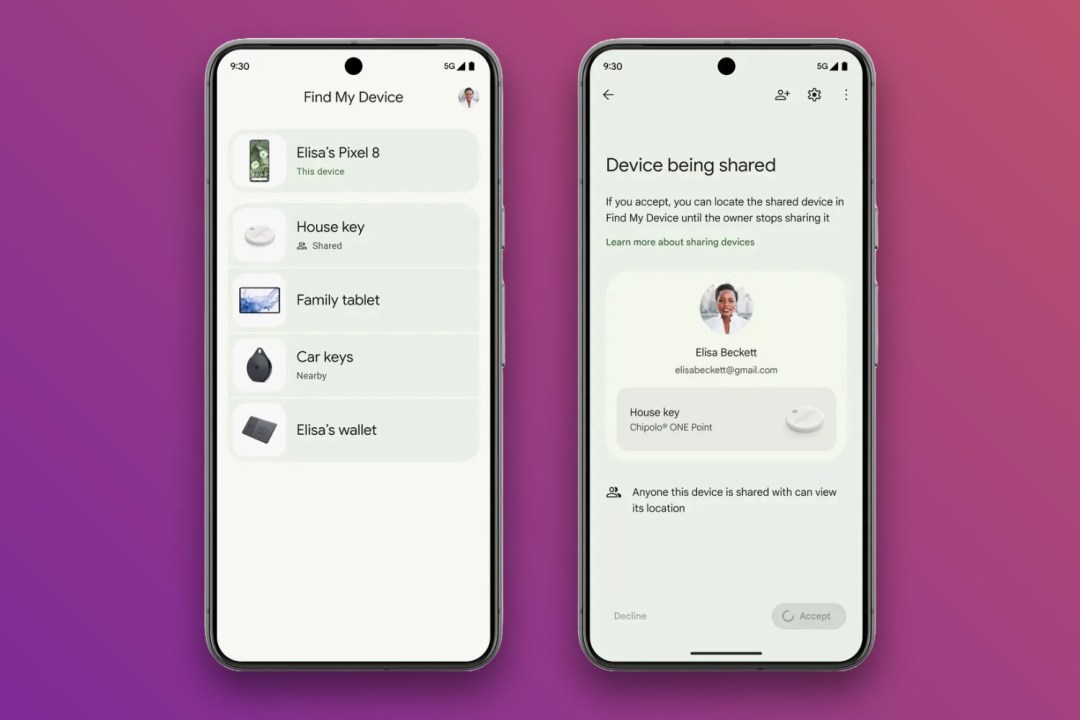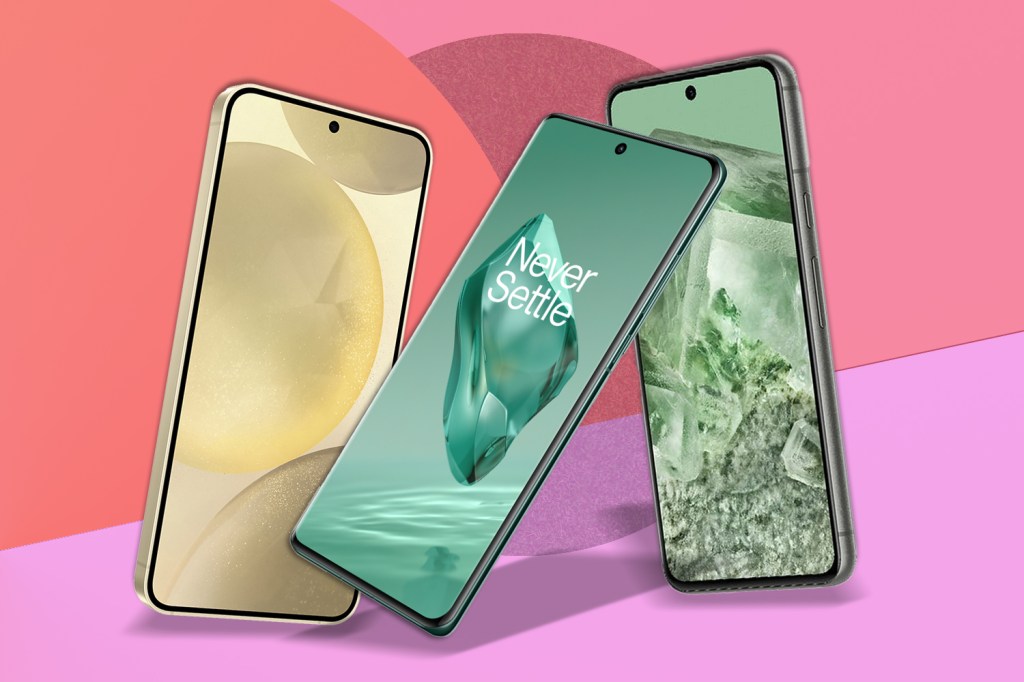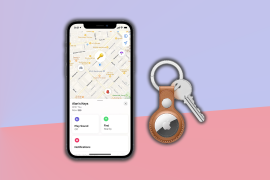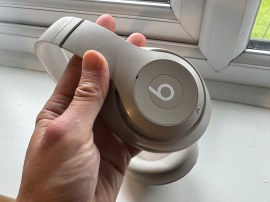Android Find My Device explained: how it’ll help you find your lost devices
Google's Find My Device may be one of the most useful features of your smartphone, but what is it and how does it all work?

One of the most beneficial tools available to Apple smartphone owners is the Find My App. And now, Google is offering something very similar for Android devices with Find My Device.
Entirely free, the device-finding tech is going to help Android users keep an eye on their devices and other belongings, and let them track things down if they should go missing. It still gives you live location updates, even if you aren’t within Bluetooth range. But how does it all work? Here’s everything you need to know about Find My Device.
What is Find My Device?
At its core, the Find My Device network leverages the power of millions of Android users to create a vast, interconnected web that can pinpoint the location of lost devices. Whether your phone has slipped between the couch cushions, or you’ve left your tablet at a café, this network activates a silent, anonymous search party. Other Android devices near your lost item discreetly pass along its location to you, making it possible to find your belongings even if they’re offline or powered off, as with the Google Pixel 8 series.
This update represents a significant leap forward in Android’s device recovery capabilities. By expanding the network’s functionality to include not just phones and tablets but also a variety of Bluetooth-enabled items like keys, wallets, and more, Android is setting a new standard for what a digital lost-and-found system can achieve. The network’s ability to work seamlessly across devices, ensures broad compatibility and accessibility. You can rest easy with piece of mind, regardless of the smartphone in your pocket.
How it works and who can use it
Imagine every Android device around you has suddenly enlisted in your personal search and rescue team. That’s the gist of how this upgraded network functions. Through a clandestine exchange of digital pings, Android devices pass along the location of your lost item. Even if it’s offline, or you’re out of Bluetooth range, it’s not out of reach. This network taps into the goodwill of strangers’ devices without them ever knowing they’ve played the hero in your story. All the information that gets relayed is completely private, so nobody else can see what your device is.

Anyone with a device running Android 9 or later. Given that we’re flirting with the release of Android 15, that’s a broad audience. Starting in the US and Canada, the service plans to globetrot to other devices “around the world,” making lost items a thing of the past.
What you can track with it
Phones and tablets are just the start of what you can track with Find My Device. From May, the network expands its repertoire to include Bluetooth tracker tags from Chipolo and Pebblebee. This includes the newly announced Chipolo Point. These tags are the equivalent of putting a GPS tracker on your wallet, keys, or any item you fear losing. Later down the line, we can expect an encore with tags from Motorola, Jio, and Eufy joining the line-up, turning the network into a veritable who’s who of Bluetooth tracking.
But it doesn’t stop there. Lost your headphones? If they’re from JBL or Sony, they too will be able to be found with a bit of digital magic. And for those moments when your keys decide to play hide and seek under a pile of laundry, a “Find nearby” button will guide you to victory.

The cherry on top? If your item decides to go on an adventure within your home, your Nest device can act as a beacon, signalling how close you are to finding your lost treasure. It’s like playing hide and seek with your gadgets, only much more high-tech. And, you know, not for kids. Although, some parents have used Bluetooth trackers to track their kids. But that’s off-topic. And against the rules.
Importantly, Android’s enhanced Find My Device network isn’t designed to track people. It’s been designed with a keen eye on safety and privacy, as the potential for misuse could raise eyebrows. Notably, it introduces unwanted tracker alerts across both Android and iOS devices, ensuring that users are promptly notified if a tracking tag that isn’t theirs is moving with them, a thoughtful feature for thwarting potential misuse. Additionally, the network imposes limits on the frequency of location updates you can ask for with tracking tags, a strategic move aimed at deterring stalking without hampering the utility of the tags for their intended purpose. These safety measures showcase Android’s commitment to user security and privacy in the expanding world of digital tracking.


